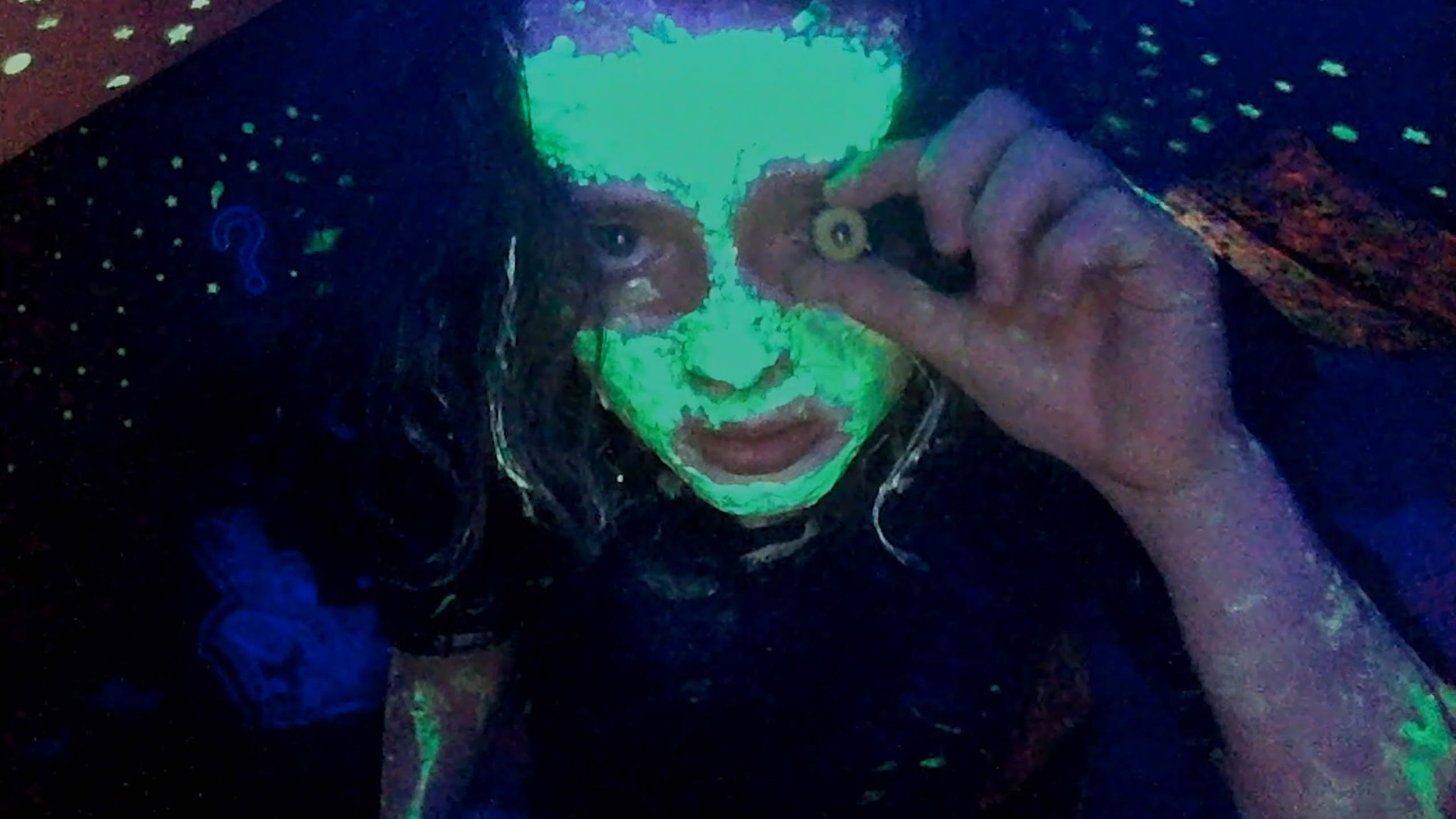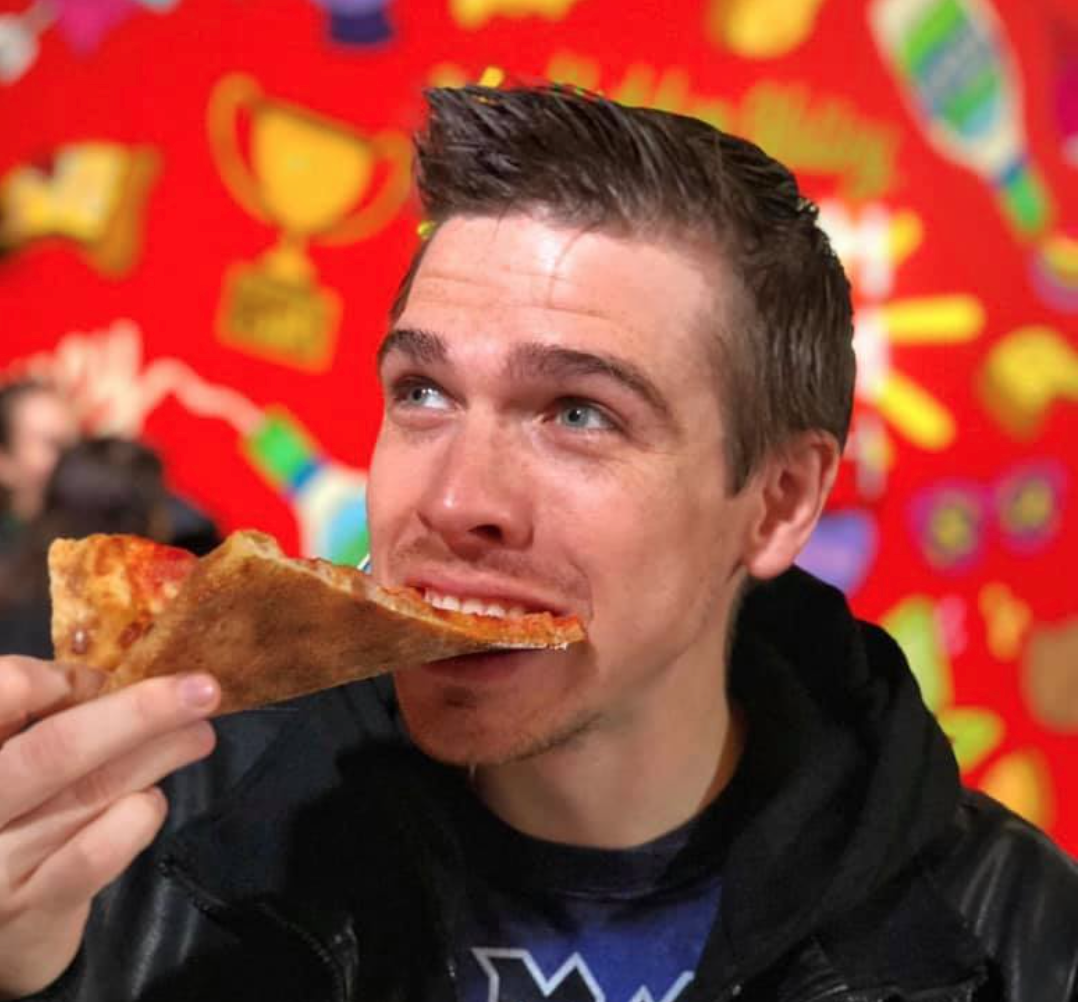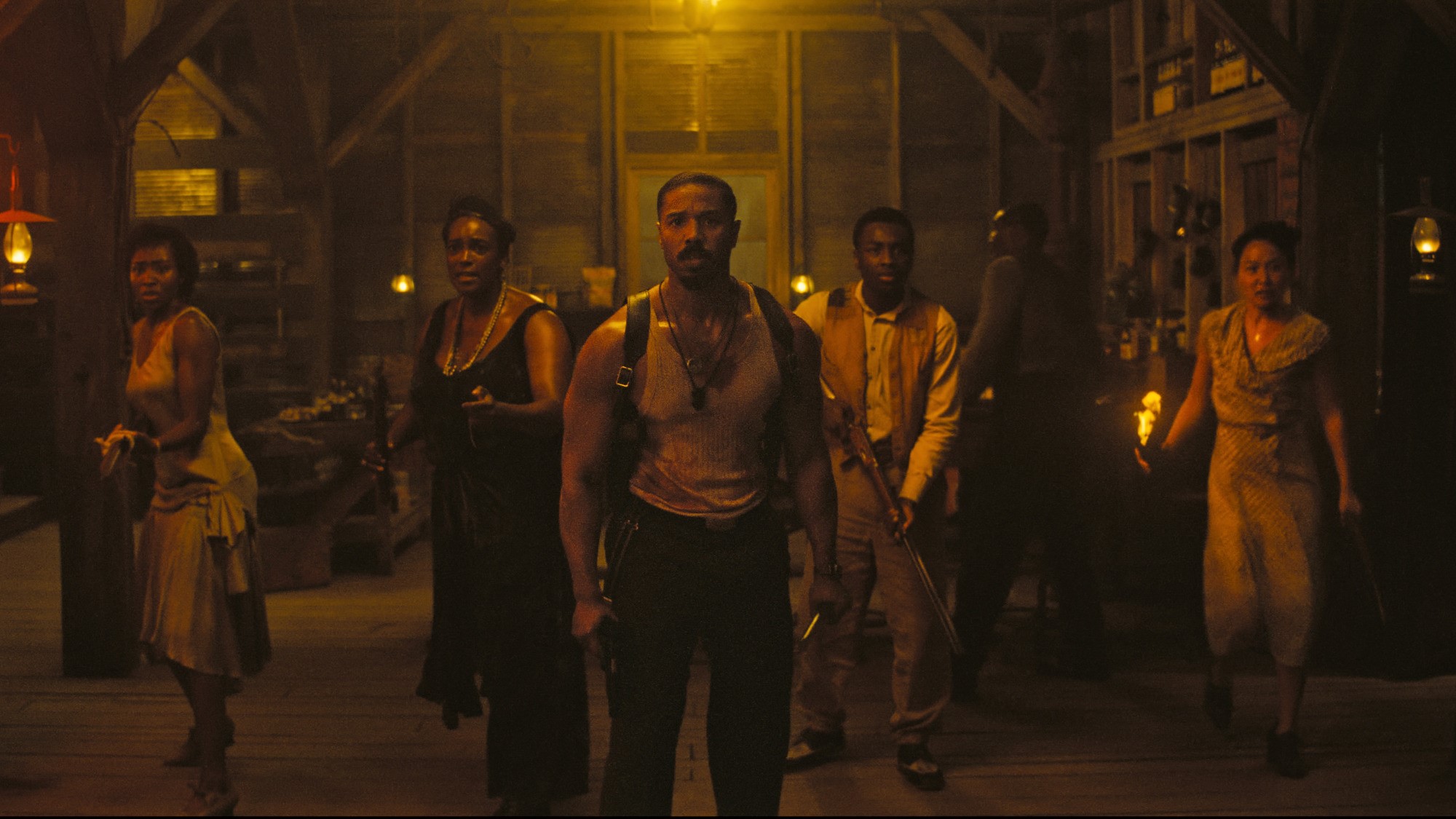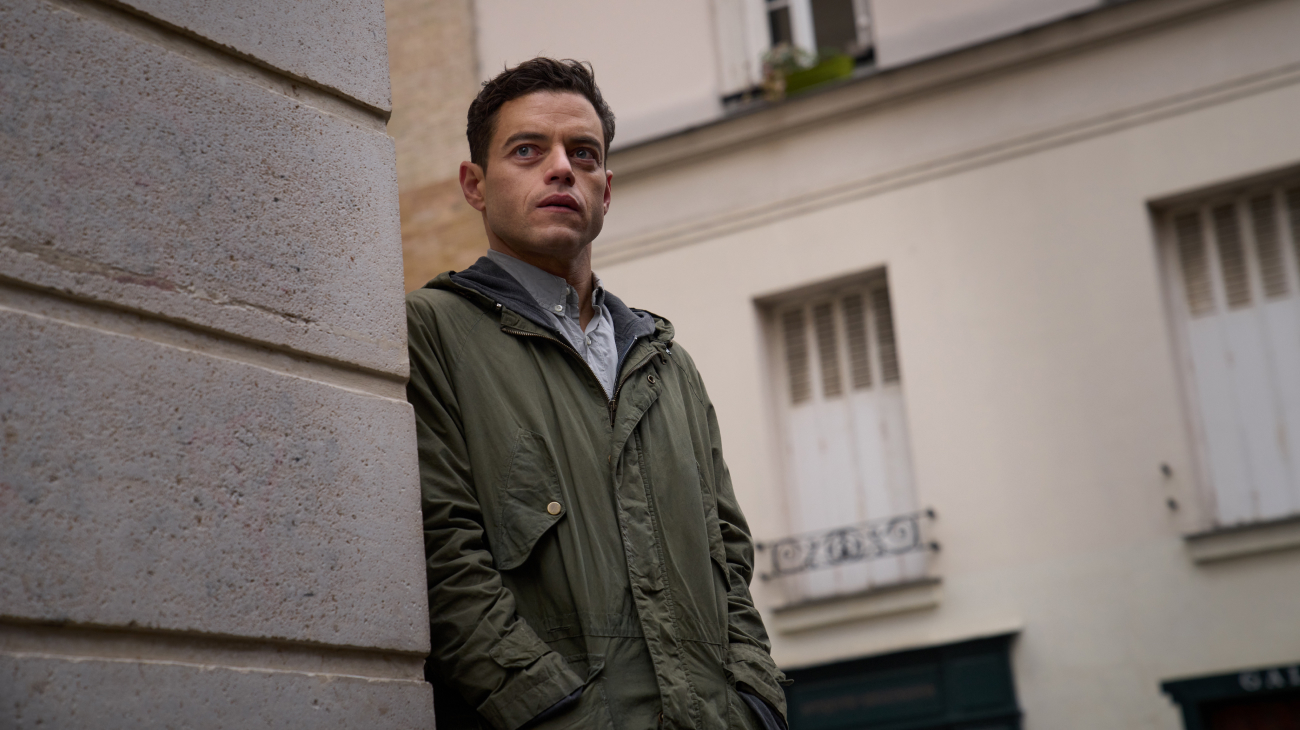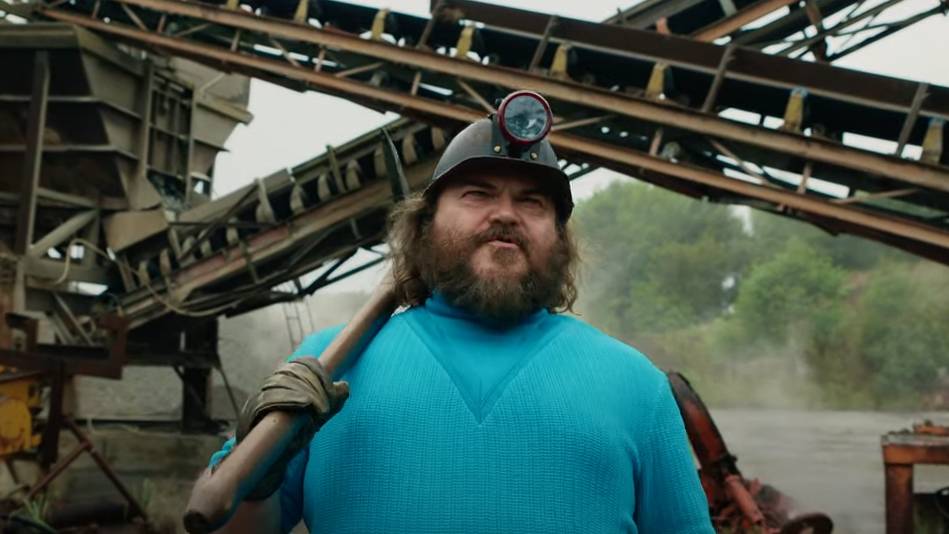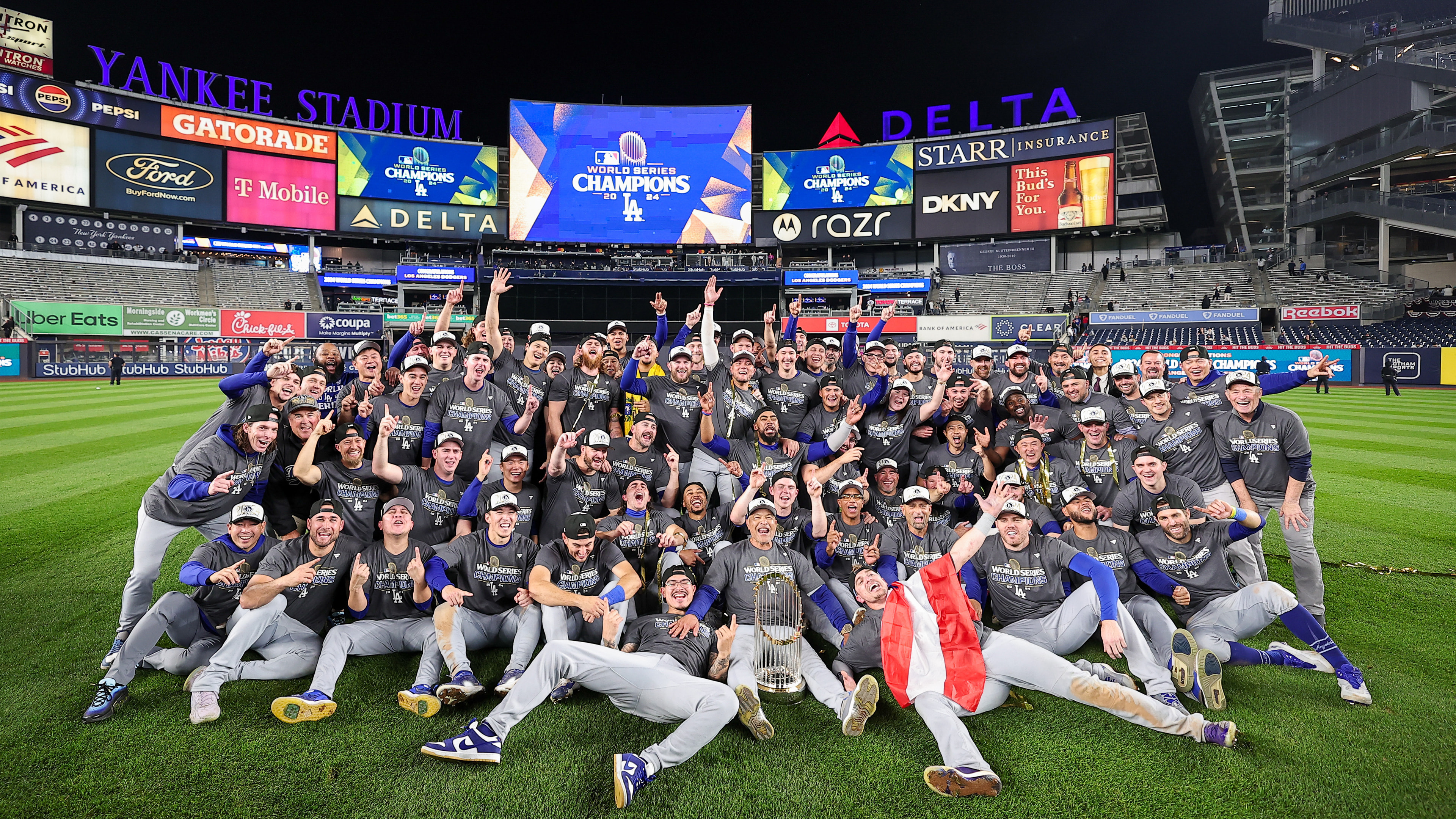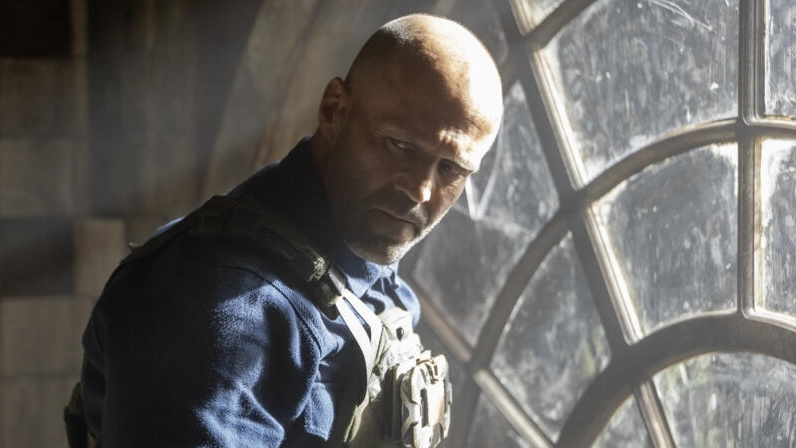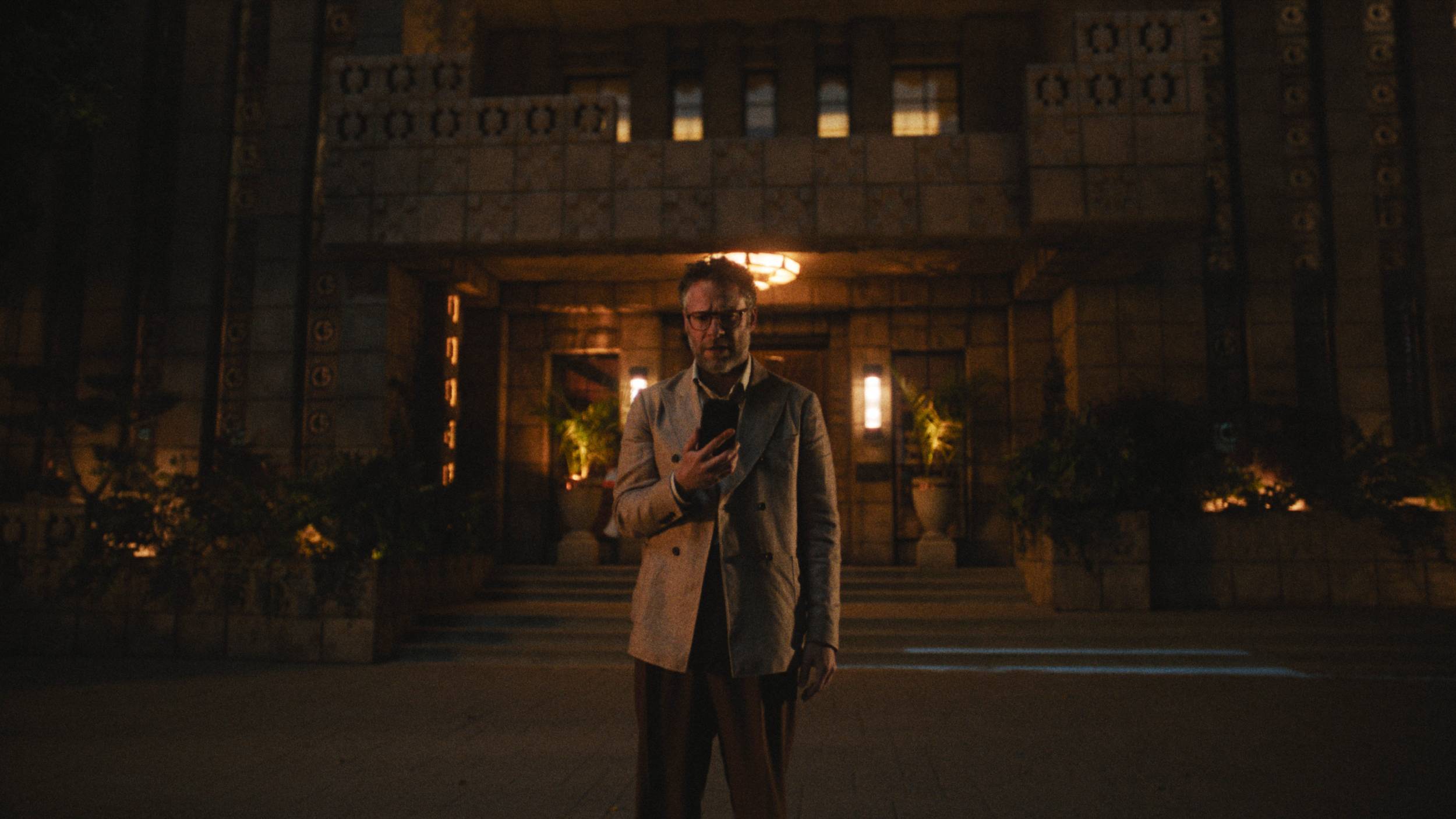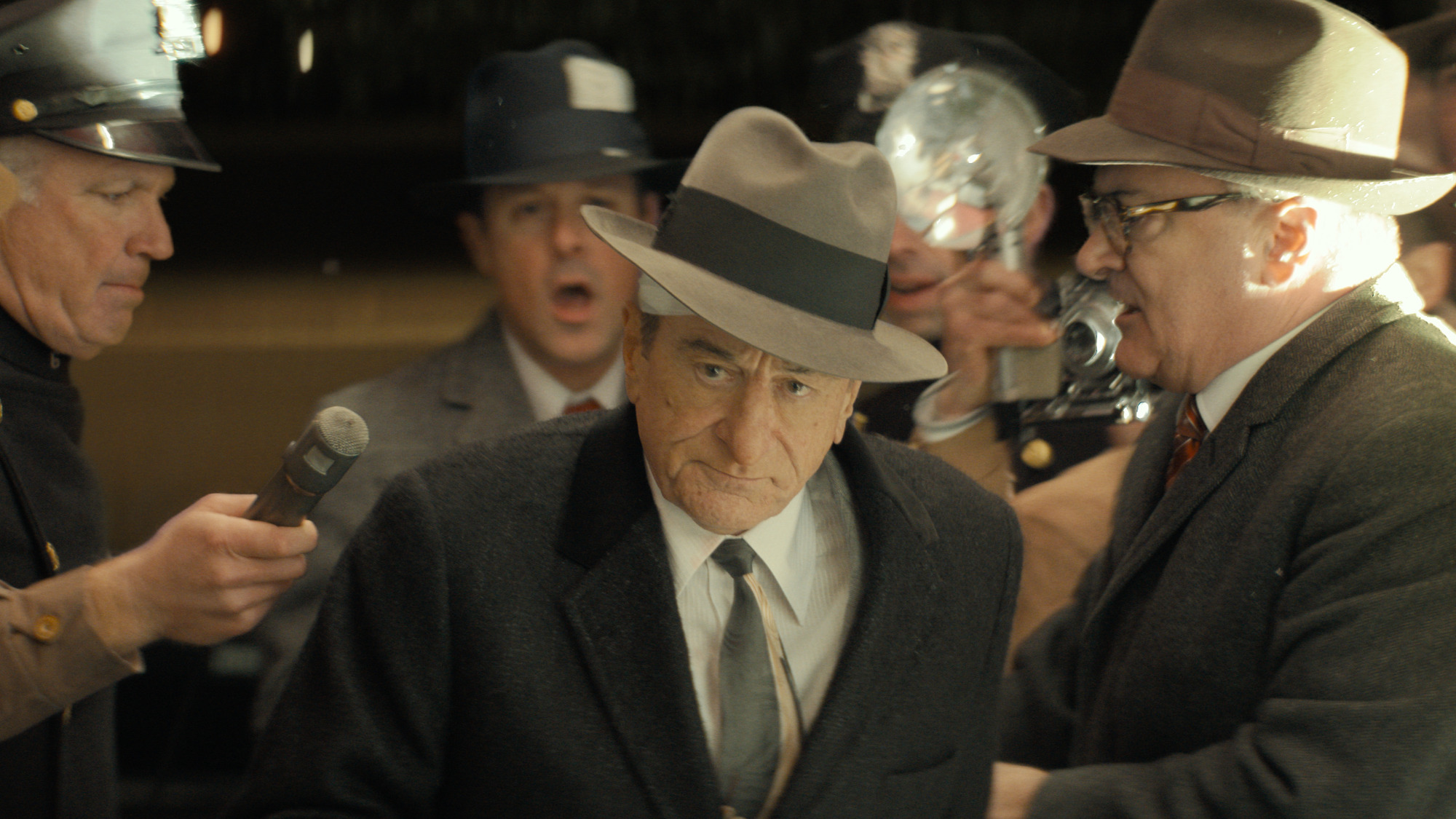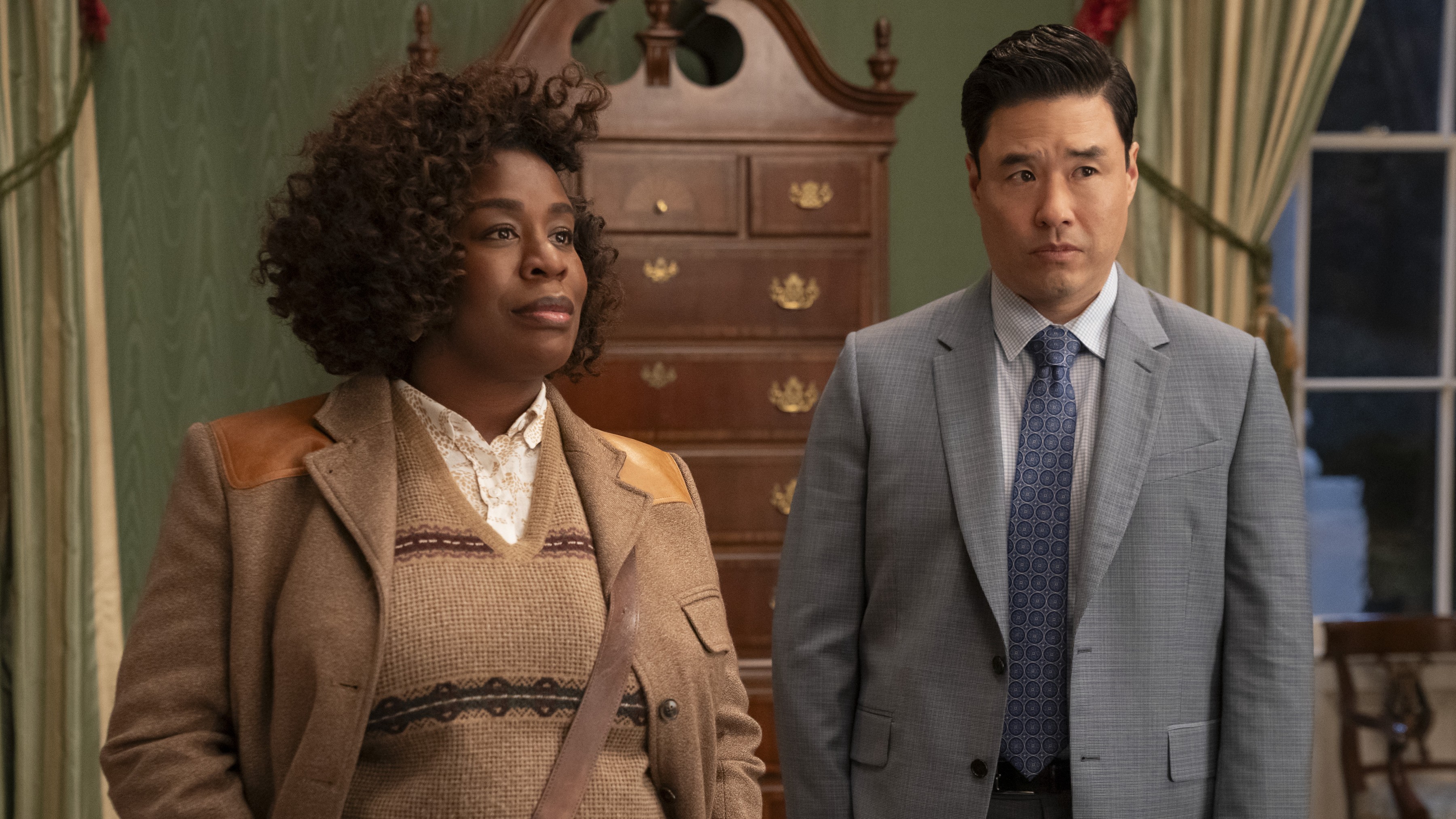What to Watch Verdict
'We’re All Going to the World’s Fair' is Anna Cobb's one-actor show and she meets the challenge head-on, but the film's overall prose, its disenchantment, is lacking even the slightest sense of connectivity (which won't both some).
Pros
- +
🎡 Welcome, Anna Cobb.
- +
🎡 Unsettling first-person camera intimacy.
- +
🎡 Indie spirits are strong and valued.
Cons
- -
🎡 The threads that tether plotting are frail.
- -
🎡 Too caught in its own headiness at times.
- -
🎡 Divisive is the word.
We're All Going to the World's Fair is part of our Sundance Film Festival 2021 coverage. You can find all of our reviews here.
Cinematic lyricism such as We’re All Going to the World’s Fair is simultaneously the most challenging and most manageable medium to critique. It’s both intoxicating and divisive, artfully accomplished and poetically reckless in the most existentially bizarre ways. Relative newcomer Anna Cobb notably throws herself to online mania based on loneliness, but the film itself becomes a bit of an existential chore. Writer and director Jane Schoenbrun has something to say about isolation side-effects, social media traps, and digital media possessions. That something, unfortunately, feels like a tremendous short concept that’s belabored beyond sustainability as a plodding, foggy-without-lighthouses feature.
Cobb stars as Casey, a child with little parental oversight who proclaims, via to-be-uploaded video, that she’ll be attempting the “World’s Fair Challenge.” Casey recites the World’s Fair chant (three times), pin-pricks her finger, and then watches a disorienting clip package. Is this voyage another toothless creepypasta fad? As Casey compares her “symptoms” to confessional vlogs from other ticket-punchers, her videos become odder and less behaviorally comparable. That’s when an unknown male (Michael J Rogers), username “JLB,” begins contacting Casey via Skype with concern over erratic karaoke pop-dances, mentions of “fading away,” and fears that “attending” the World’s Fair is not a harmless urban legend.
Schoenbrun’s aching sensation of a loner’s outcry exists in a nebulous space between genres. There is pain and suffering behind Casey’s eyes, beyond the physical exhaustion of sleep deprivation or solo seclusion, given how no mother or father figure enters frame (one shout). We’re All Going to the World’s Fair understands how those most vulnerable can hastily become ensnared within Redditor lies and faceless connections. Casey can either produce content to further her World’s Fair infamy for attention or, truthfully, horrifically, has been overtaken by something cryptid, something demonic. The inclusion of JLB only enhances situational distrust between a teenager and middle-at-best aged men trading personal concerns over Skype, if only the narrative’s prose was more pointed and didn’t waver through consciousness to address these themes with stronger vocality.
I’m most in love with We’re All Going to the World’s Fair when Schoenbrun and Cobb lean into Casey’s horror fandoms, aligned explicitly with Katie Featherston and Paranormal Activity. As Cobb becomes more detached from sanity, after name dropping Oren Peli’s Paranormal Activity during her first check-in, Schoenbrun’s implementation of surveillance footage plays back like a fan-made Paranormal Activity spin-off. Cobb’s face pressed against her laptop camera, taunting whoever’s watching, head-cocked and eyes wide enough like she’s casting a spell. Although, repeating the title Paranormal Activity (in dialogue) seems to be more of a tactic, forcing our memories to make the immediate connection and encourage the otherwise timid recreations. Power in the subconscious association.
Of course, We’re All Going to the World’s Fair isn’t trying to upstage Toby’s invisible hauntings. Yes, Schoenbrun relies on Grinning Man avatars and an anthology of different World’s Fair experience videos (Mr. "Admit One" Arm, The Ring spoof, etc., etc.). No, the premise doesn't mean to cash-in on jump scares. Casey’s psychological health and the implied depressive neglect causes reactions that drive her online and into JLB’s “protection,” as he claims. This relationship raises ethical questions about the connections between anonymous posters, which I’m not positive explore the fullest insecurities. Frankly, there’s a lot unaddressed by how Schoenbrun's approach floats like Charlie full of Fizzy Lifting Drink, up, up, and away from viewers. It’s quiet contemplation, but all too uninhibited and without skeletal supports. Another example of how when intentions and execution don’t align, the puzzle pieces don’t quite fit. Here, stuck as a passenger in Casey’s careening vehicle, development becomes a cycling YouTube playlist of ASMR cooldowns, stuffed lemur abuse, and how internet clicks turn fantasy games into troubling realities.
Undoubtedly, some will find themselves hypnotized by mortifying adolescent angst and suicidal suggestions—it’s just not a blanket guarantee.
There’s authentic merit to We’re All Going to the World’s Fair, mainly stemming from Anna Cobb’s leading, almost one-woman performance. When Casey’s prancing out-of-body, a slave to her camera’s wishes, Jane Schoenbrun accomplishes wretched moments of losing one’s self to humming voids that refill no worth. Although, too often, the clip-show structure and extensive inexplicability favor experimentation without significance. As CreepyPasta, it’s blacklight-creepy enough. As "sympathy exposed," it’s do-it-yourself stylish but quickly disenchanted. Schoenbrun’s filmmaking voice is uniquely inspired; kudos to confidence in low-budget ambition. Still, overall pace and ambiguity won’t align with audiences hoping for random acts of "Internet Obscura" only to be interludes, not central components to a grander experience where giving oneself to another’s tonal abandon is the only entry for appreciation.
Matt Donato is a Rotten Tomatoes approved film critic who stays up too late typing words for What To Watch, IGN, Paste, Bloody Disgusting, Fangoria and countless other publications. He is a member of Critics Choice and co-hosts a weekly livestream with Perri Nemiroff called the Merri Hour. You probably shouldn't feed him after midnight, just to be safe.
